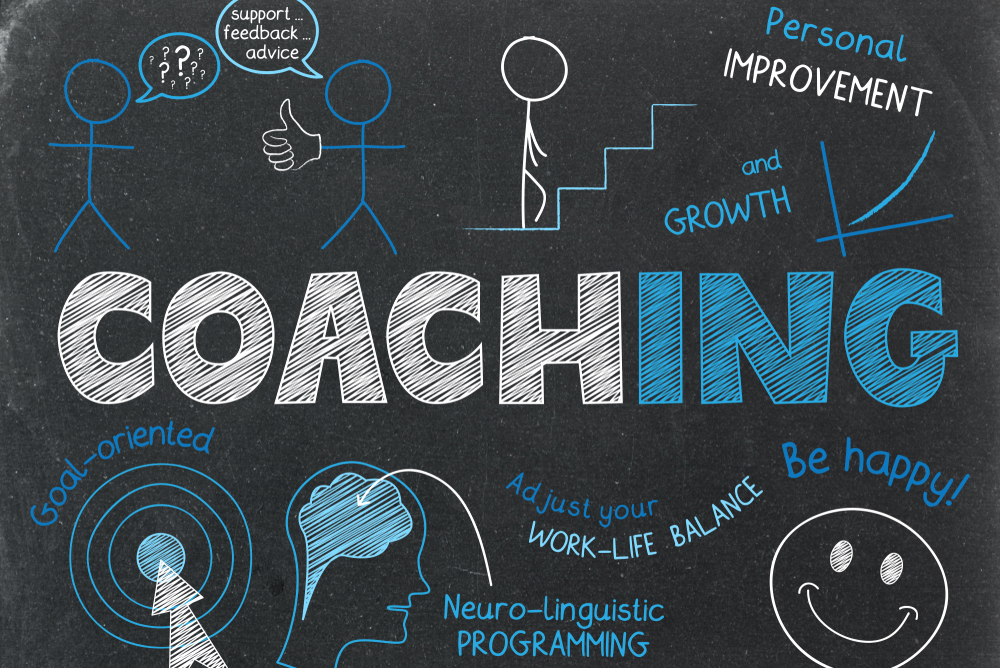Creating a coaching culture can be one of the most important contributions you will ever make as a Human Resources professional and in the case of senior leaders, will likely be a predominant feature of your career. When you see an organization that is highly productive, innovative, and nimble, it is likely driven by a coaching culture.
People in a high performing organization are bringing their very best talents and energies to their work every day because others are encouraging them, challenging them, seeing the best in them, constructively confronting them… in short, because someone is coaching them. An organization has a true coaching culture when these are evident. Fortunately, creating a coaching culture, while perhaps seems difficult, is quite straightforward.
By taking three bold steps, you can put an indelible mark on your organization and touch the work, careers, and lives of every member of your organization in the process. The tough part? The first step starts with you.
Step One: Model Coaching – Senior Leader as Coach
You need to model great coaching. This is one thing you cannot delegate to others. You need to model what you expect of others and this does not mean you need to simply have more one-on-ones with your direct reports, give more sage advice or spend more time wandering the hallways.
You need to show up every day doing the things that great coaches do to earn the right to coach others. You need to be recognized as an authentic, competent leader who is deeply committed to the success of others. You need to form relationships in which others are inspired, challenged, appreciated, and held accountable for their own performance and careers. You need to courageously dive into difficult, often emotionally laden conversations that focus on critical topics such as aspirations, disappointments and shifting expectations.
Step Two: Expecting Coaching – All Leaders are Coaching
The second step is to expect coaching throughout your organization by holding all other organization leaders, particularly your direct reports, accountable to coach their team members. A good way to foster this is to start measuring these leaders not on their own performance but, rather, on the performance of their direct reports. Strongly encouraging all senior leaders to participate in a high-quality coach training program will not only build coaching capability but will also demonstrate your commitment to talent and personal development. Also, heavily skewing performance management and reward systems toward coaching excellence will ensure that coaching becomes part of your organization’s DNA and not just another managerial competency.
Step Three: Expand Coaching – Coaching is Everyone’s Business
The third and, in many ways, the most exciting step is to expand coaching throughout the organization by encouraging every organization member to invite another to be their coach. Clear and compelling communication about the value of coaching and that every member of the organization is expected to coach at least one other member will set the stage for a shift towards a coaching culture. This each one-coach-one approach will need to be supported by high quality coaching skills training and a long-term commitment from you to stay the course until coaching is simply “the way we do things around here.”
So How Do You Know If You Have a Coaching Culture?
Here is a checklist to consider when taking a look in the mirror and assessing whether your organization has a culture that supports coaching.
Do you lead a team or organization in which:
- Talent, high performance and career acceleration are greatly valued?
- People are excited about their personal and professional growth opportunities?
- Leaders are seen as trustworthy, selfless, and competent?
- People feel appreciated for their unique contributions?
- Well-intentioned feedback flows readily throughout the organization?
- Promises are readily made and faithfully kept?
- Difficult conversations are routine?
As a leaders of people operations, you make choices every day about how to put your organization’s workforce in the best position for success, using the talent, time, and energy effectively to yield the best outcome. If you want your work to mean something special and have a significant, lasting effect on others, consider building a coaching culture. You are the only one who can make this happen. Only you can take that first, old step toward becoming a great coach yourself.


